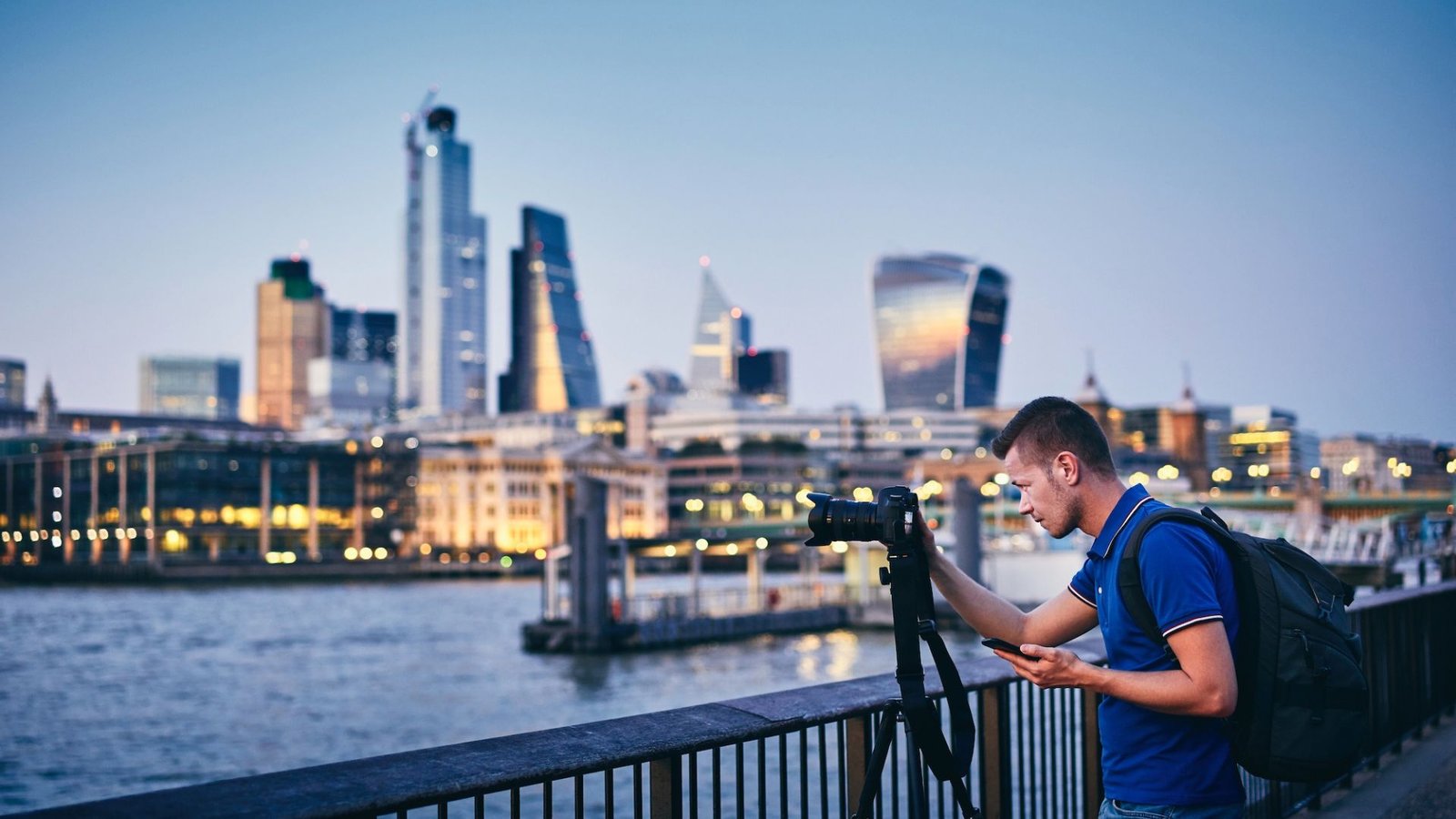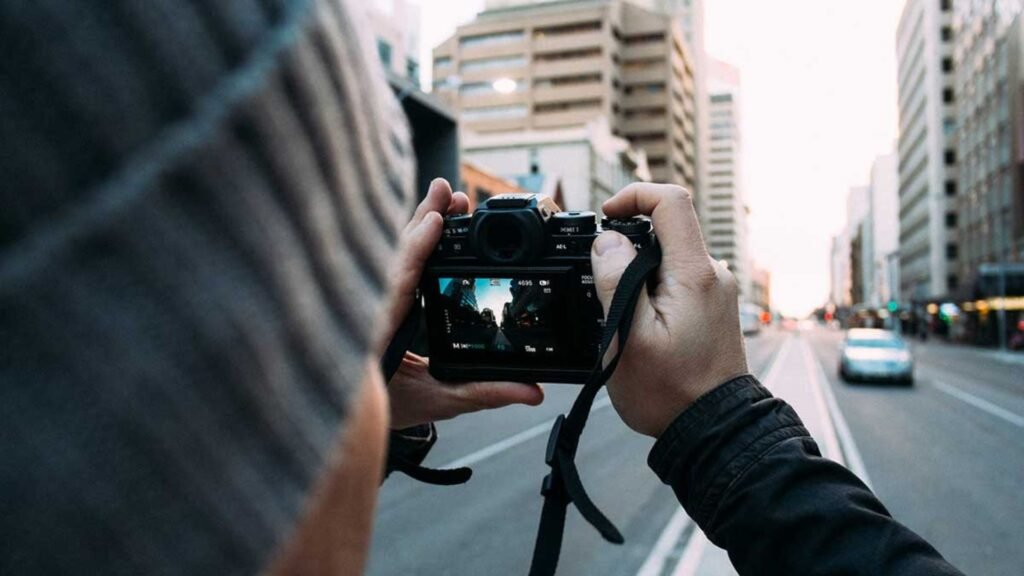Architectural photography can be an exciting and rewarding hobby or profession. Capturing the essence and beauty of buildings requires a mix of technical skill and artistic vision. If you’re new to this field, here are some top architectural photography techniques to help you get started.
Architectural Photography Techniques for Beginners
1. Use the Right Gear
Having the right equipment is crucial for architectural photography. A DSLR or mirrorless camera with manual settings allows you to control exposure, aperture, and shutter speed. A wide-angle lens is particularly useful, as it lets you capture more of the structure in one shot. Don’t forget a sturdy tripod to keep your camera steady, especially in low-light conditions.

Why It Matters:
- Ensures high-quality images
- Provides better control over settings
- Captures more of the building
2. Pay Attention to Lighting
Lighting is a key factor in architectural photography. The best times to shoot are during the golden hours—shortly after sunrise and just before sunset. During these times, the light is soft and warm, creating beautiful shadows and highlighting architectural details. Avoid shooting in harsh midday sunlight, as it can create unwanted shadows and make details less visible.
Why It Matters:
- Soft, warm lighting enhances images
- Highlights architectural features
- Avoids harsh shadows
3. Master Composition
Good composition can make your architectural photos stand out. Use the rule of thirds to create balanced and interesting shots. Pay attention to lines and angles, ensuring they lead the viewer’s eye through the image. Incorporate elements like leading lines, symmetry, and patterns to add depth and interest to your photos.
Why It Matters:
- Creates balanced and appealing shots
- Guides the viewer’s eye
- Adds depth and interest
4. Focus on Details
While capturing the whole building is important, don’t overlook the smaller details. Architectural photography is about more than just the grand facade; it’s also about the intricate designs, textures, and unique features that make each building special. Close-up shots of windows, doorways, and decorative elements can add variety to your portfolio.
Why It Matters:
- Highlights unique features
- Adds variety to your shots
- Showcases the building’s character
5. Experiment with Angles
Don’t be afraid to get creative with your angles. Shooting from different perspectives can provide fresh and unique views of the building. Try shooting from high up, down low, or from the side. Changing your viewpoint can reveal interesting aspects of the architecture that might not be apparent from a straight-on shot.
Why It Matters:
- Creates unique and dynamic images
- Highlights different aspects of the building
- Offers fresh perspectives
6. Use Post-Processing Wisely
Editing your photos can enhance their overall look and feel. Basic adjustments like cropping, straightening, and color correction can make a big difference. Use software like Adobe Lightroom or Photoshop to fine-tune your images, but avoid over-editing, which can make your photos look unrealistic.
Why It Matters:
- Enhances overall image quality
- Corrects minor issues
- Maintains a realistic look
7. Consider the Weather
Weather conditions can greatly affect your architectural photos. Overcast days can provide even lighting without harsh shadows, while a clear blue sky can add contrast and interest. Dramatic weather conditions, like fog or storms, can also create compelling and moody images.
Why It Matters:
- Provides even lighting
- Adds contrast and interest
- Creates mood and atmosphere
8. Learn About the Architecture
Understanding the history and design of the building you’re photographing can give you deeper insight into your subject. This knowledge can help you identify important features to highlight and provide context for your photos. It can also inspire you to capture the essence of the building in a way that tells its story.
Why It Matters:
- Provides deeper insight
- Helps identify key features
- Adds context to your photos
9. Practice Patience
Patience is key in architectural photography and it is one of the architectural photography techniques. Sometimes, you might need to wait for the perfect light or for people to clear out of the frame. Taking your time to set up the shot and waiting for the right moment can lead to much better results. Don’t rush; let the scene come together naturally.
Why It Matters:
- Ensures the best lighting
- Avoids unwanted distractions
- This leads to better overall results
Conclusion
Starting with architectural photography can be a fun and fulfilling experience. By using the right gear, paying attention to lighting and composition, focusing on details, and practising patience, you can capture stunning images of buildings and structures. These architectural photography techniques will help you improve your skills and create a portfolio that truly showcases the beauty of architecture.

